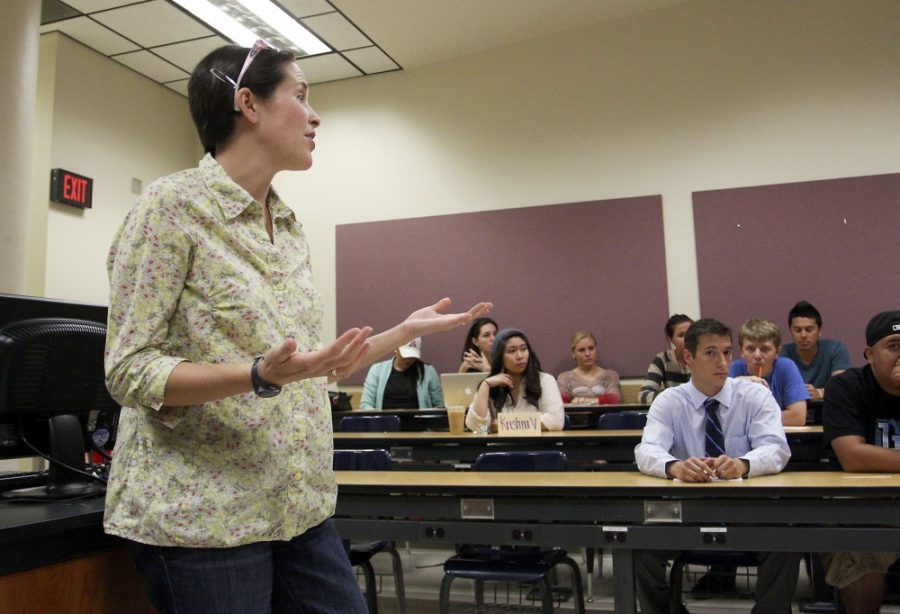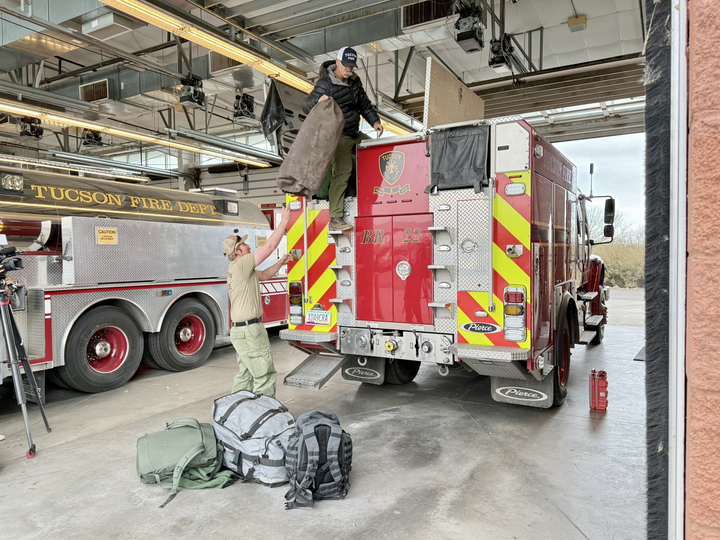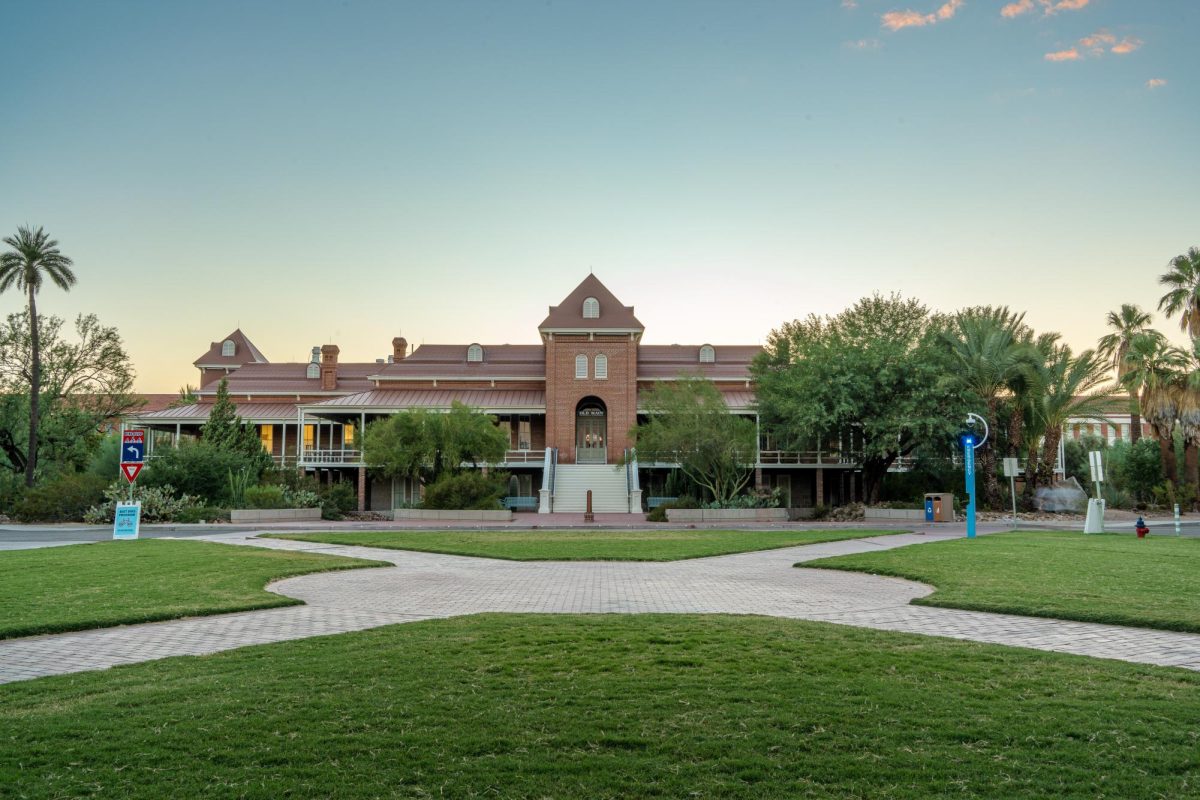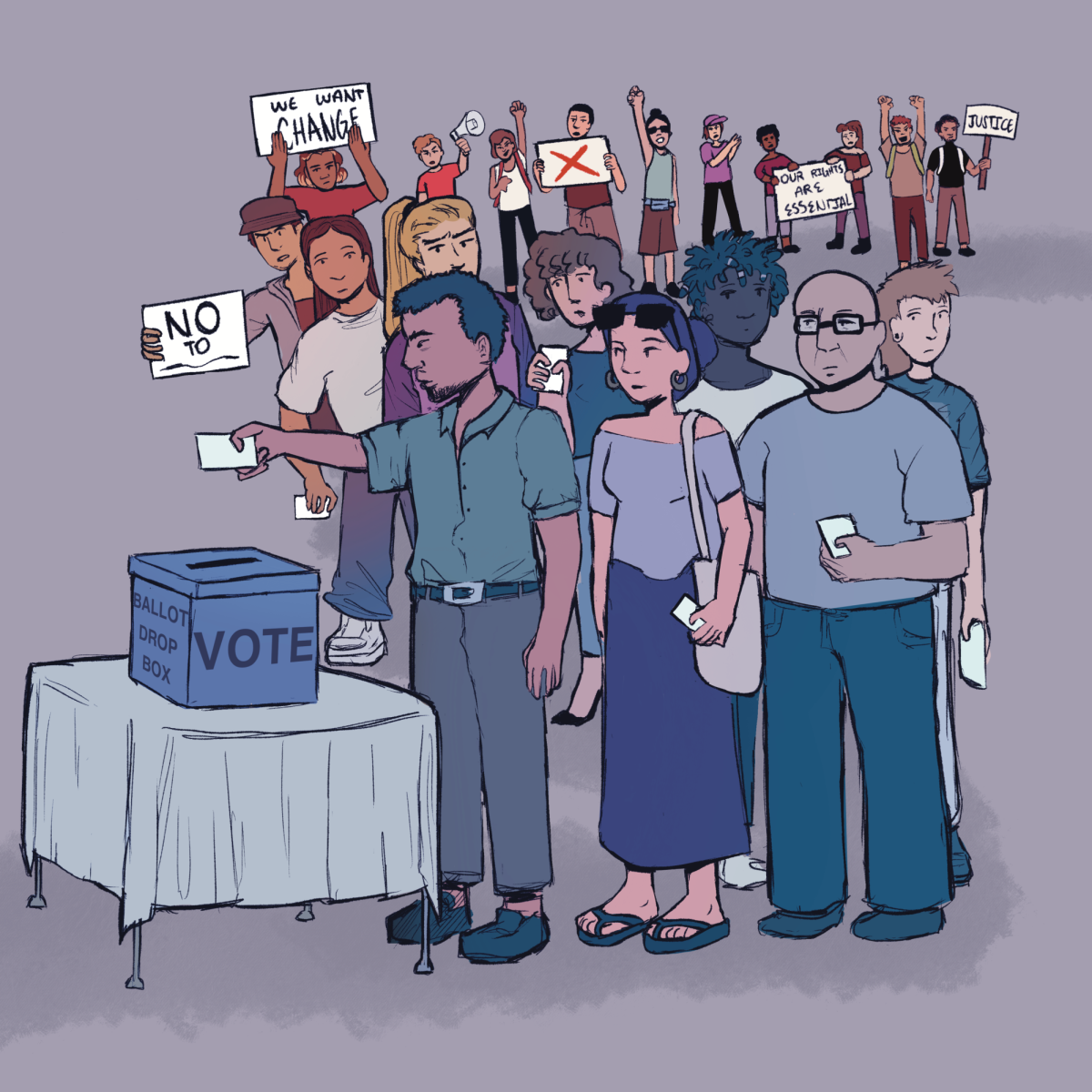Students in Lydia Bell’s youth sports course are challenging themselves to think about how families and communities help or hurt in shaping youth physical activity.
The new class, Youth Physical Activity and Community Sport, is housed in the College of Education and has students learn about the importance and effects of fitness at a young age.
In its first semester, it focuses on how physical activity impacts youth, concerned parents and the community. The class is currently part of the adolescents, community and education minor, and is also considered an upper-division elective, but that may change in the future, according to Bell, a research assistant professor of educational policy studies and practice.
Bell said it is important for her students to understand youth health benefits. Many students in her class can relate to issues facing youth fitness through their own experiences, she explained.
“I am having a great time teaching this course,” she said. “Many of the students in the class are either coaches or athletes, so we spend a lot of time not only discussing coursework, but also personal experiences, making the class more interesting.”
The class examines how both the community and youth sports organizations have changed their programs to appear more professional. Bell and her class discuss how these types of changes impact coaching styles, parental involvement and media or commercial influences. In addition, the course has incorporated about 50 different types of students with different majors and athletic backgrounds.
“The course discusses youth development, coaching, parental influence, and everything about athletic training and processes,” said Christina Palmese, a communication sophomore. “I really enjoy the course because it goes in detail about things I would never think about such as coaching techniques or why certain things happen in athletics and health.”
To help design the course, Bell did a lot of research, some of which showed that the youth is more able to learn when physically active. Studies also showed that some children have less access to team sports, especially when their families cannot afford fees involved with group activity.
Rachel Dunn, an elementary education sophomore, said that as a physical activity advocate, this course caught her interest.
“This class has taught me a lot about the different aspects of youth sport and has really shed light on my experiences as both a player and now as a youth soccer coach.”
Dunn added that the class is relatable for her because she is able to consider new coaching techniques that she can utilize in practices for her young players.
Bell said she is unsure about the direction the course will take in the future since it is still fairly new, but hopes to see it improve and grow in later semesters.
Correction: The original version of this article erroneously stated that the class was offered as a general education course. That has been corrected. The Daily Wildcat regrets the error.









